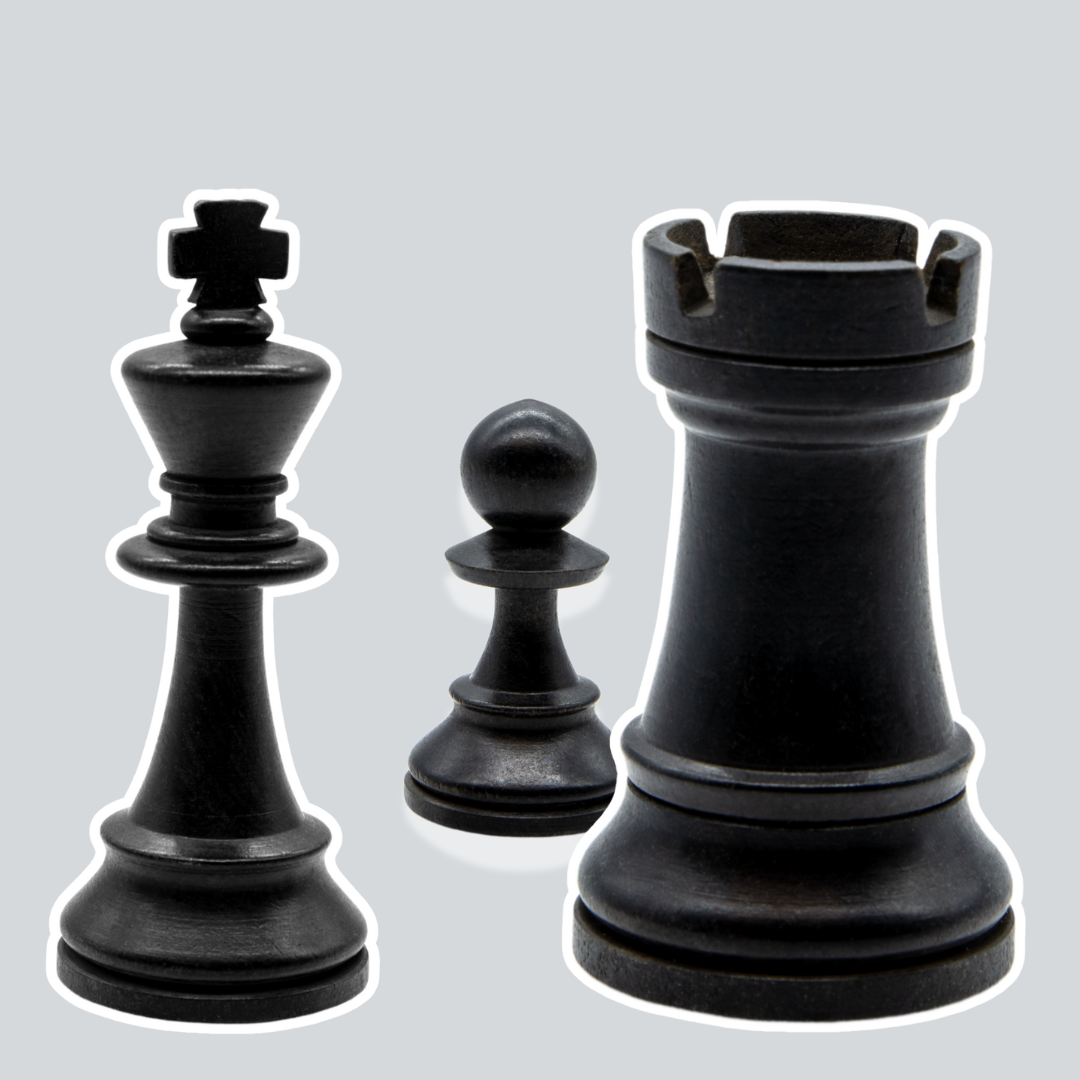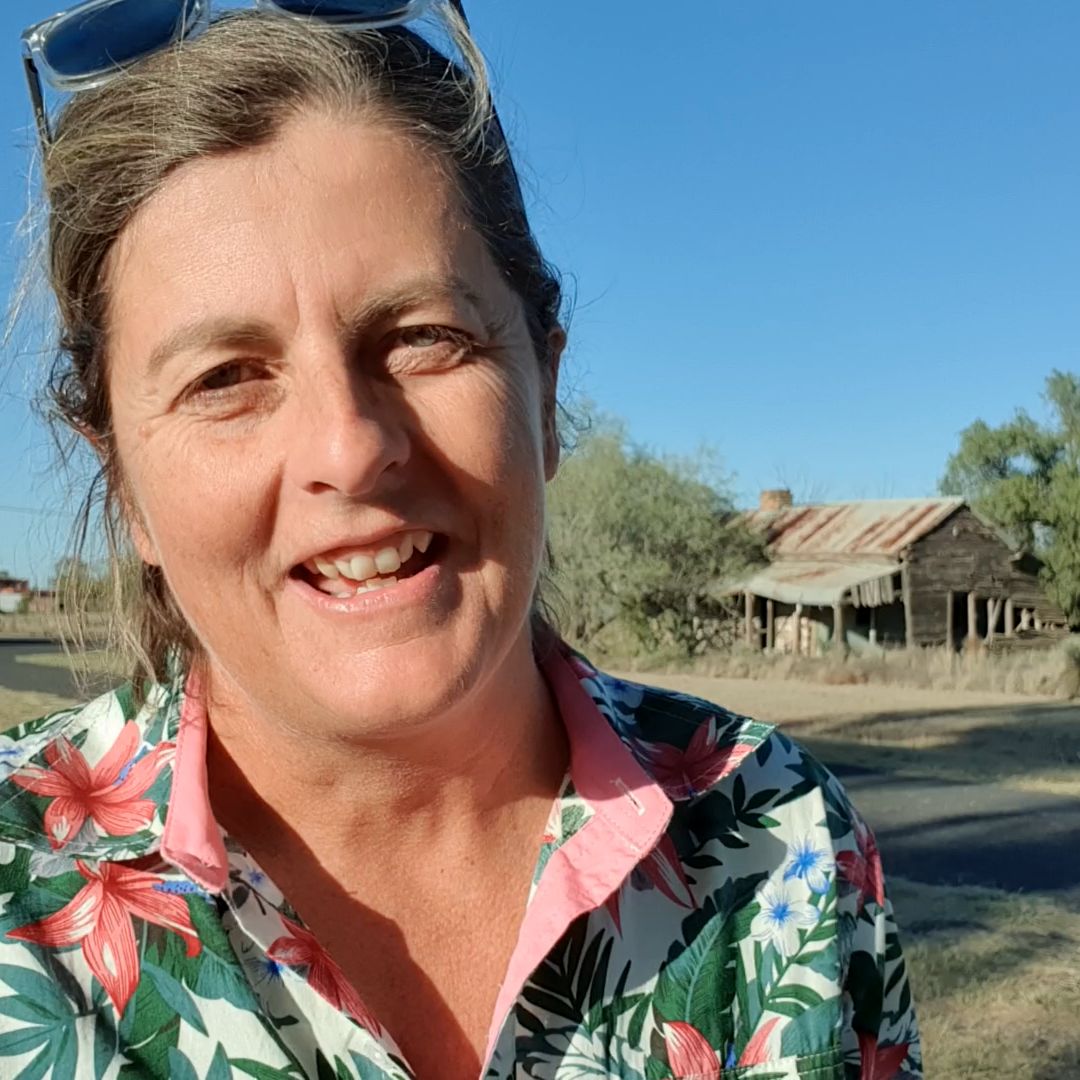The Modern History of Anger (and Why Good-Old Therapy Failed)
If a person wants their anger and the proceeds of its crimes, then all the anger therapy in the world won’t change their mind.
Introduction
Explosive anger is an anti-social behaviour, causing significant harm and distress for the people around the offender.
For decades, experts assumed nature hardwired anger into some born-angry people, and therapists set about constructing mental dams and canals to manage the flow of rage.
The invention of brain-scanning technology shattered those assumptions, and anger became malleable. We learned that, in most cases, a person consciously or unconsciously chooses to use anger.
That discovery left society with a dilemma. We could no longer construct dams and canals to temper rage. The only thing that can ultimately work is if the offender decides anger is no longer giving them what they want.
Banks’ 8-Bun Conundrum
In the 1991 movie Father of the Bride, Steve Martin plays the title character George Banks, who struggles to contain his anger about the increasing cost and fuss of his daughter’s wedding.
The bride attempts to diffuse Banks’ ticking bomb by sending him to the supermarket to buy hot dog buns. By the end of the scene, Banks is in jail after his anger explodes over the number of bread buns in a bag.
You can watch the scene unfold here.
While Banks is a fictional character, his behaviour is very relatable; most of us have felt like losing it at some stage over something trivial. The less believable plot point is that in 1991 Banks wasn’t court-ordered to attend anger management classes.
In the 1980s, Anger Management Raged
Anger management programs were all the rage in the 1980s and early 1990s. Society had a declining tolerance for angry outbursts, especially by sporting icons and celebrities. After every weekend, some big name would hit the headlines for hitting another player, spouse or random member of the public. Public outrage would be followed by the offender checking into anger management classes to temper the storm.
Back then, science knew little about anger because it had struggled to be identified as a diagnosable disorder and therefore failed to attract significant research funding. However, that didn’t stop folks keen to capitalise on the trend from delivering anger management classes without any regulatory control.
At the time, science and program designers assumed primal emotions like anger were biological. That is, people like Banks were born angry and must learn how to channel that anger more productively to gain social acceptance.
Many programs operate along the lines of group therapy sessions. Perfect strangers entered the room and, across eight or ten sessions, confessed their deepest sins and learned techniques to suppress or divert their anger.
Techniques included relaxation, recognising and diffusing early onset and expressing emotions without losing control. The latter often involved diversionary tactics like punching pillows.
Studies over time found that re-offending remained high after completing the classes, which left the industry discredited and turned it into grist for the satirical mill.
(Take a bow Jack Nicolson and Adam Sandler)
Next, the Amygdala Stole the Show
In 1995 a new kid checked in at the anger management office. Well, actually, the kid had been hanging around since the 1960s, but writer Daniel Goleman crafted some shiny new threads and pushed it out there again as the latest new thing.
With the launch of “Emotional Intelligence: Why It Can Matter More Than IQ”, Goleman popularised* a new way of thinking about how humans relate to emotions.
(*Goleman wasn’t the father of emotional intelligence, nor did he coin the term. However, he was the first to leverage it at a commercial scale.)
I smile at the thought of our Father of the Bride, George Banks, smuggling into a bookshop in 1995, coat collar up and hat pulled down, to snatch a copy of Emotional Intelligence from the shelf.
Later, alone and door locked, he’d flick through the pages, grunting disagreeably as he learned he could no longer blame his temper on his biology. Instead, he had a new scapegoat – the Amygdala Hijack.
The amygdala is an almond-shaped section of the mid-brain that plays a pivotal role in processing sensory information. Goleman proposed that the amygdala’s job was to initiate the fight-flight response to threats.
It will be easier to understand if I step you through an example.
Imagine you are walking along a trail in an Asian jungle some 10,000 years ago. The air is dense with the sound of birds as you wander along collecting berries for dinner.
A nearby bird squawks an alert, and a split second later, a tiger pounces. Before you realise what’s going on, you’ve stepped away from the tiger’s path, executed a perfect commando roll, unsheathed your hunting knife, and now look the tiger in the eye as you calculate your escape.
Your amygdala has just saved your life.
Without requiring you to think about it consciously, the amygdala has picked up on the bird’s alert and ordered the hippocampus (part of your limbic system) to search the deep memory banks and implement a life-saving response.
Goleman asserted that the constant stress of modern life causes the amygdala to overreact, creating an Amygdala Hijack. Had a tiger pounced on Banks in the supermarket, then his surge of anger would be considered reasonable, but bread buns are no such threat.
If anger management classes aimed to dam the raging river of anger, Goleman proposed constructing the Suez Canal to slow down the flow and divert energy to more constructive purposes.
Had Goleman gone to the supermarket with Banks that day, he would have counselled him like this.
“George it’s a bread bag. Take a deep breath, now another. Good George you’re doing well. You’re safe, this bread is no threat to you. Take another deep breath. Relax your shoulders. This bread will feed and nurture your family. The family you love. Well done, George.”
At which point, Banks would relax enough for his rational mind to begin assessing options for resolving his 8-bun conundrum without the jail-inducing tirade.
Or so the theory went.
Like most bright young things, Goleman’s new kid achieved a substantial disruption within the Big Emotion industry. But a bigger kid with a fancier name was about to take over.
Neuroplasticity Drains the Reservoir
If Goleman planted the seed of new thinking, then Raymond Damadian tilled the soil.
Damadian invented the first magnetic resonance imaging machine (MRI) in 1966, which performed the first full-body scan of a human in 1977. Then in the late 1990s, MRIs scanned living human brains and delivered new insights into how the brain develops.
Until those first images emerged, science believed the brain’s neural connections became rigid in adulthood. That meant that someone with anger issues, like Banks, would always be that way, and their only option was to learn to dam or divert the flow of anger.
But MRIs showed that the brain’s neural connections are capable of growth and reorganisation until the day we die. The phenomenon is called neuroplasticity, which allows Banks to lay down new neural pathways and no longer have his anger triggered unless he chooses to do so.
Neuro research has also revealed that the amygdala is far more complex than Goleman theorised. Current research suggests the amygdala fulfils a tagging function that connects sensory stimuli to strong emotions. See a wedding receipt, feel anger. See a puppy, feel love. The emotional response is so rapid that it feels involuntary, biological, and reflexive. But that’s not the case; the tags are programmed and can be reprogrammed.
That means Banks can stop triggering anger. See the wedding receipt? Feel love.
But What If Banks Wants His Anger?
By 1994 the American Psychiatry Association had finally agreed on a robust definition of Intermittent Explosive Disorder (extreme anger).
That enabled companies to invest in research and therapy development more confidently. That should have been good news for anger, but just as it got the status it craved, anxiety came along and pushed it off the podium.
Less than 7% of the population is estimated to have an anger disorder, whereas around 30% will have an anxiety disorder at some stage in their lives. It doesn’t take a Damadian to work out where the funding flows.
Some folks might say that Banks got angry because he felt anxious about his daughter’s nuptials, but that’s not true. Research is yet to confirm any cause-effect relationship between anxiety and anger.
Banks got angry because he wanted to be angry.
Banks chose consciously or unconsciously to hold onto his anger and use it as his go-to negative emotion. That’s most likely because of the other things he gains from being angry – notoriety, domination and control of others, recognition, aggressive motivation, sympathy, personal attention, and avoidance of tasks.
So, after decades of trial and error, the treatment of anger has come down to answering one question.
Is Banks willing to stop using anger to get what he wants?
If Banks wants his anger and the proceeds of its crimes, then all the anger management classes, Golemans, Damadians, and neuroplasticity on Earth will not be able to change his mind.



